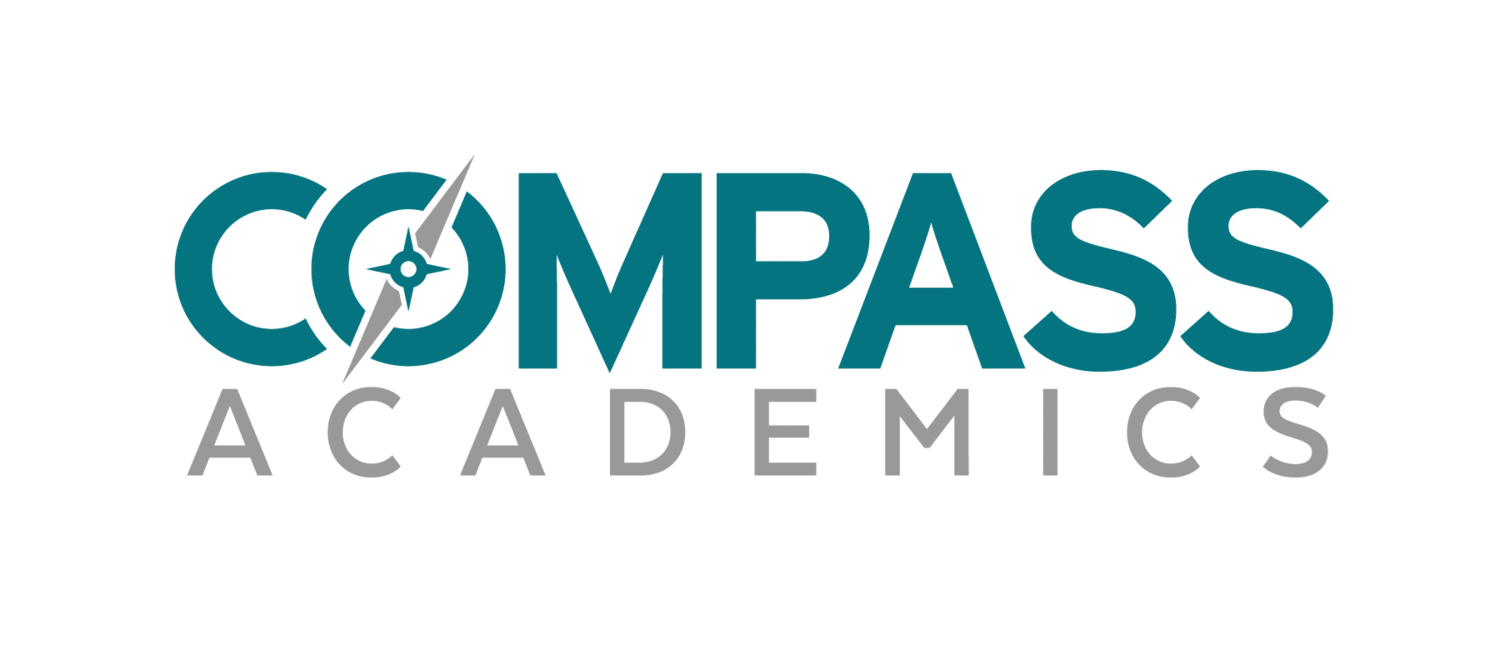The College Board’s announcement of their SAT Adversity Score expansion last month prompted a flurry of discussion surrounding its merits and/or deficiencies. There are certainly many factors that influence a student’s academic success and potential to succeed at the college level. The College Board is well-intentioned in trying to find a way to quantify those factors, but this system cannot possibly account for every adversity (victims of bullying, eating-disorders, depression, deaths of close friends, domestic abuse, etc.). Will the students be self-reporting? How will they verify the results of the survey? If they don’t have a solid metric for every possible adversity, then they will just pick and choose what they think makes the biggest difference in a student’s life; this is problematic and entirely subjective. This system is not likely to move forward successfully and without a ton of backlash.
The family categories seem pretty subjective; how, exactly, are income and “stability” factors verified? Some of the categories are redundant as most Admissions Offices evaluate an applicant’s transcript in the context of the high school they attended (graduation rates/how many AP classes were available to take/class rank). It is completely possible that a test taker from a middle-class, white, suburban, low-crime area demands that their particular adversity (sexual abuse at home and resulting depression, for example) be accounted for in an “Adversity Score,” too. Who is in a position to determine which adversity weighs more in the process of trying to determine advantage or disadvantage? How fair are the metrics when you consider rural students and “crime rate,” for example?
There are so many other problems with standardized tests that it seems more likely the concept itself will be done away with eventually. At the end of the day, it is entirely more likely that colleges will move in the direction of “test optional” admissions before they accept this Pandora’s box of “test plus.” Standardized test scores are not necessarily the best indicator of academic success and future career success; there are numerous studies that take issue with SAT/ACT scores being predictors of academic success. That is the biggest problem.
Public reaction and industry reception have been pretty mixed; some folks champion the attempt to level a playing field while other critics have attacked the system for omitting race and its algorithmic deficiency. There’s also the intention of the College Board to consider. It certainly can’t be overlooked that “AP course opportunity” is one of the measures; the AP opportunity factor could just be a clever marketing ploy to pressure schools to start, or continue, to invest in implementing the AP curriculum. The cost to offer an AP curriculum ranges from $1,900-$11,650 per course. These costs don’t include travel for faculty to the professional development “AP Summer Institutes” or computers for faculty and students. With 38 courses in seven subject areas, and over 24,000 public high schools and almost 3,000 private secondary schools, this would generate quite a bit of revenue. test taking, test prep, standardized test, sat, act, adversity score, AP, advanced placement, college board, test optional




0 Comments